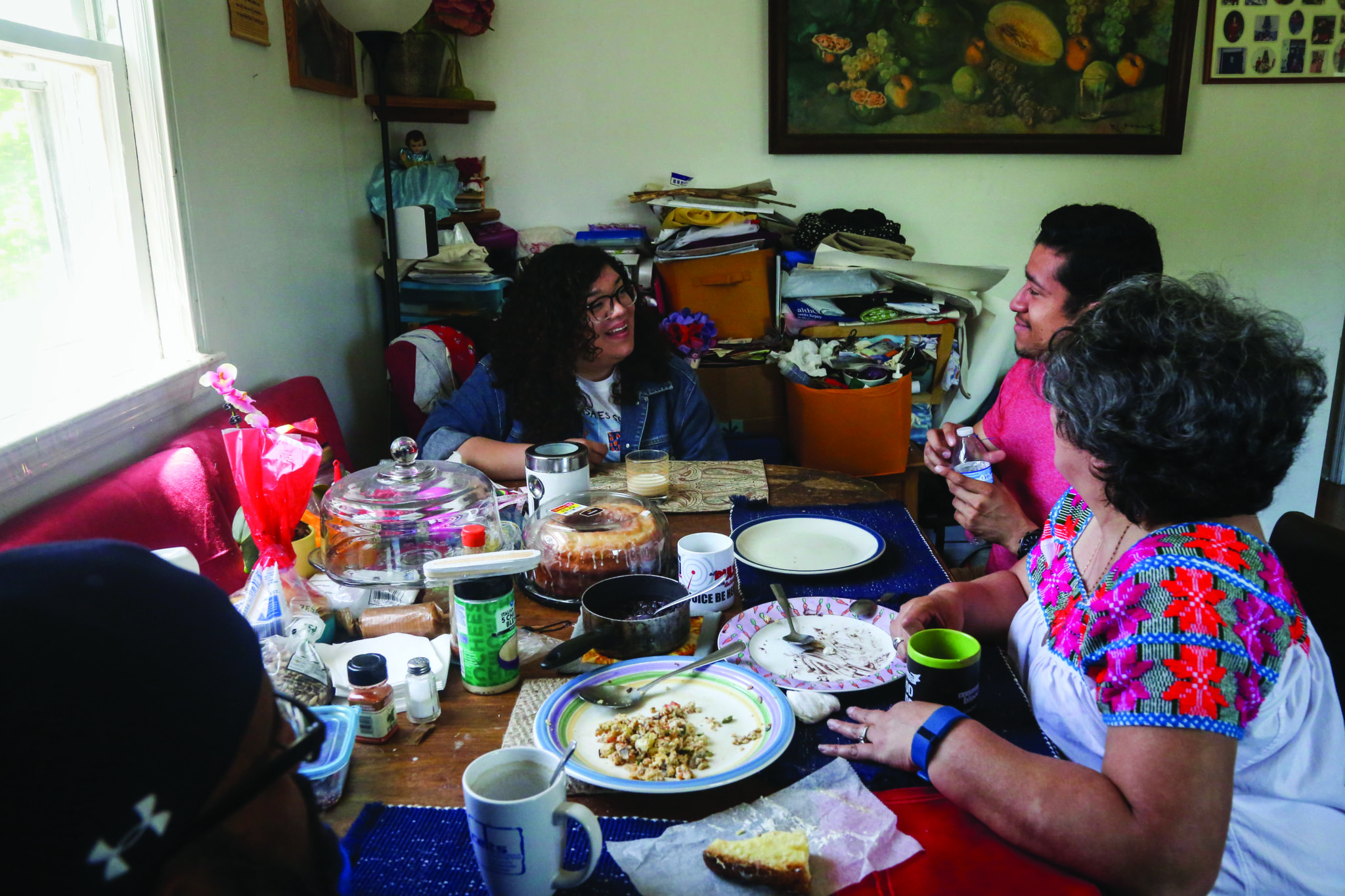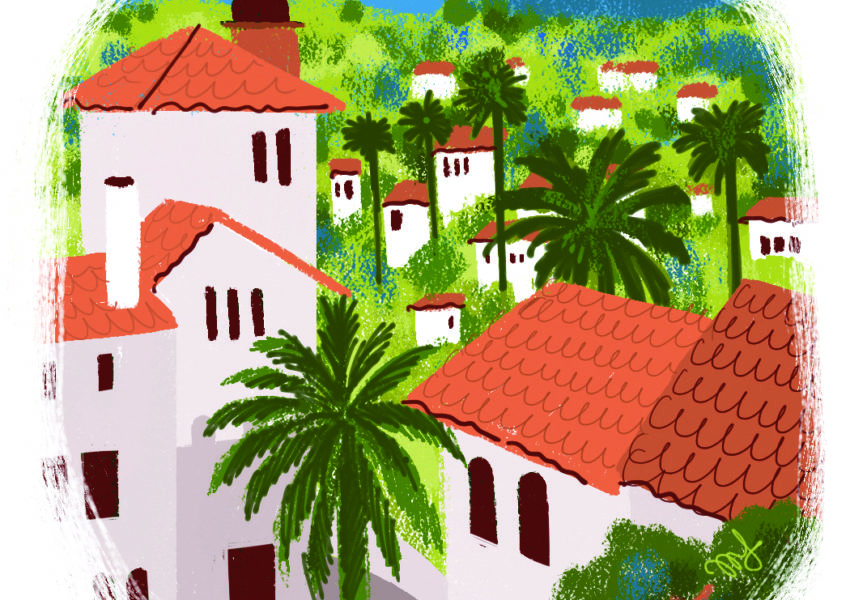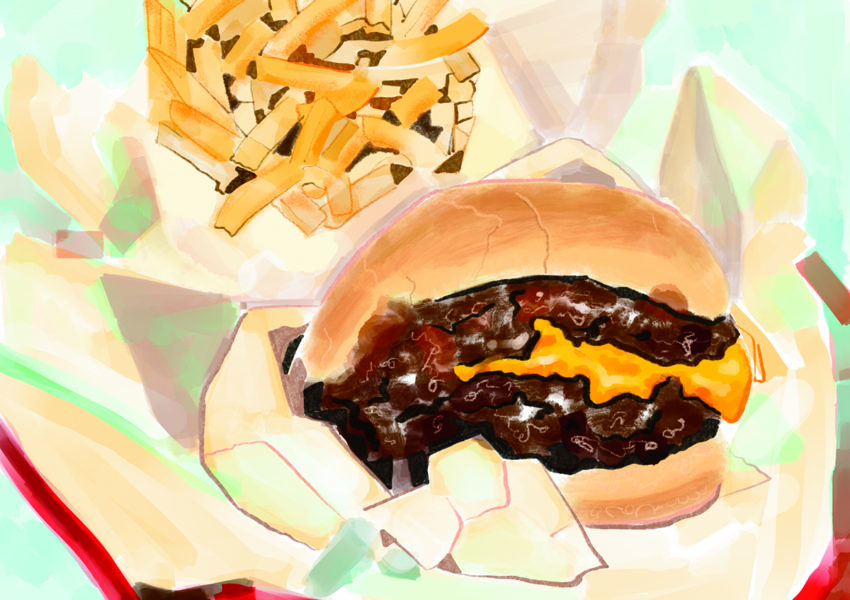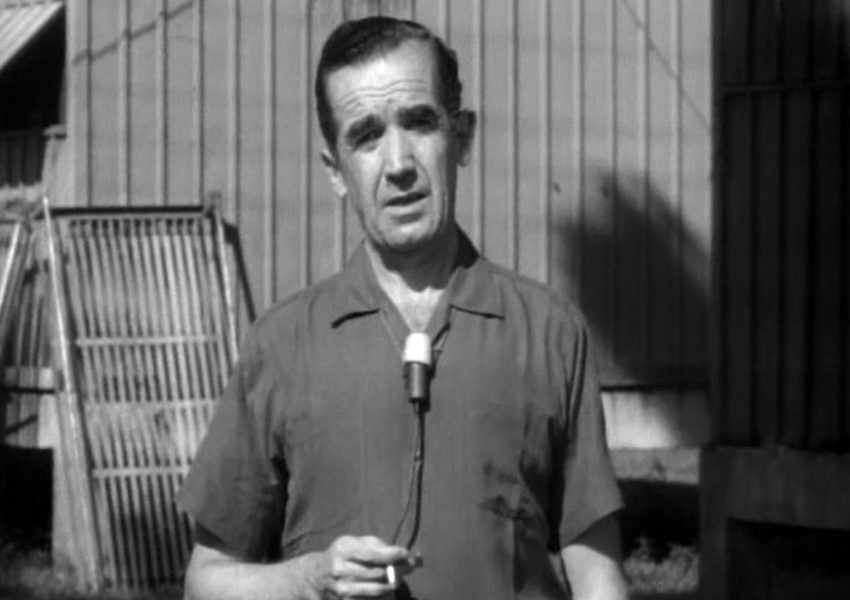Alexis Meza de los Santos, Southerner Lessons from a SoCal-Bluegrass exchange
By Gustavo Arellano
I’ll never forget the first time I met Alexis Meza de los Santos.
It was around 2015, and I had just screened an early episode of Bordertown, the animated television series for which I served as a consultant, at the University of Kentucky. Alexis wanted to interview me for Lexington Community Radio, a request to which I grudgingly obliged. Reporters in their early careers are always kind but rarely memorable, because they tend to take a paint-by-numbers approach to interviews. Alexis proved an exception. She had researched who I was, so her questions were sharp; her follow-up queries showed she paid attention to my responses. She pushed for better answers the way a good reporter does.
What I thought was going to be a quick chat about tacos turned into a one-hour discussion about my life, my work, and where I thought journalism and food studies were going.

More than her work ethic, I was intrigued by Alexis’ story. She was a mexicana, and undocumented. She moved to Lancaster, Kentucky, as an adolescent and had a front-row seat to the emergence of el Sur Latino, a South where Latinos play an increasingly important role.
I told Alexis to keep in touch; she suggested Mexican restaurants I should profile for an SFA oral history project. (She’d continue the project in 2017, with a focus on Latino restaurateurs in Lexington.)
Alexis presented her oral history work at the 2017 Southern Foodways Symposium in Oxford. Then twenty-six, she quickly charmed my wife, Delilah, and other friends from Southern California who attended. We found her enthusiasm invigorating, her laugh infectious, and her work inspiring. She was the first Latina Southerner my friends had met, and they were impressed.
“This is a dream.”
Alexis surprised us, though, when we said our goodbyes at Memphis International Airport. She confessed to having never visited California. How was it for Latinos out there?
My friends and I all looked at each other. Um, cool?
We just didn’t think about it, I told Alexis. There were so many of us that we took a Latino-majority existence for granted.
“Ah, you guys don’t know how good you’ve got it!” Alexis said with a loud giggle.
Delilah told Alexis we’d host her if she ever visited California, as a sort of cultural exchange. She had taught me about Latinos in the South over the years; we would show her Latinos in SoCal.
This March, our cultural exchange began.
After attending an academic conference in Los Angeles, Alexis took the train down to Santa Ana, where my wife and I live. It’s statistically one of the most Latino big cities in the United States—77 percent of its 300,000 residents are Latino—yet most Americans can’t imagine such a city within Orange County, a place typecast for decades as a white, wealthy enclave. Where I live, Mexicans aren’t the “other”—unlike Alexis’ Lexington, where Latinos make up only 7 percent of the population. (That relatively small figure would surprise many non-Kentuckians, who assume that the Bluegrass is lily-white.)
“This is the OC?” Alexis asked, as we drove through working-class neighborhoods and rows of taco trucks and Mexican restaurants. “This is a dream.”
We arrived at Delilah’s restaurant, Alta Baja Market. I showed her Kentucky molasses for sale, along with containers of pimento cheese. “So, the South is cool in Cali for Mexicans?” Alexis asked.
Not really, I admitted. This was it—along with bourbon, Nashville hot chicken, and maybe college football. Mostly, my friends and family know about the South through negative stereotypes. They still can’t understand why I choose to spend so much time there.
And they’ve never met a Latina like Alexis Meza. Children of immigrants have always contended with multiple identities—but whereas my generation fretted about whether we were too much of either side of the hyphen, Alexis’ generation has thrown away the darned mark. She’s equally proud of her mexicana and Southern identity, and sees no reason to keep them away from each other. That’s something I’ve seen among Latino Southerners.
Something liberating.

Delilah brought us snacks and drinks. Alexis enjoyed her passion fruit–chile-mango michelada, a beer cocktail from Mexico, and said that University of Kentucky undergrads couldn’t get enough of Mexican culture.
“Why do you think?” I asked.
“Because it’s the easiest part of us to consume. Talking to us is way more difficult.”
It’s capitalism at its most exploitative: Consume the cultural markers of a minority, while shunning the people who created it. But time eventually brings social capital back to the makers, I told her. California is still not perfect for Latinos, but it’s far better than when I grew up.
The same gradual acceptance, I continued, would happen in the South. Out West, we benefit from a 150-year head start.
Latinos across the United States need more visits from people like Alexis, from newer Latino communities, to make us appreciate what we have.
Alexis’ time with us was tight, so I drive her back to the train station. Before we left, though, I took her to a taco truck to buy picaditas. It’s a dish from her native Veracruz that consists of a patted-out, grilled masa cake smeared with crema and salsa—think a mestizo hoecake. The only time she could eat picaditas back in Kentucky, Alexis said, was when her mom made them—and even then, they couldn’t source the right type of masa.
“Really?” I said. “They’re all over Santa Ana.”
Alexis could barely contain her glee as I handed her a meal I eat at least once a week without a second thought. We bid farewell, and I gave her some culinary homework for her L.A. travels.
Over the next week, Alexis excitedly texted me updates. She strolled around Olvera Street, an outdoor shopping plaza created in the 1930s by L.A.’s city boosters as a romanticized version of Mexican life, even as those same authorities made Mexican Angelenos live in segregated neighborhoods.
Olvera Street is now mostly a tourist trap. Yet Alexis admitted to crying when she walked around.
“It was exactly the image of what I keep in my memories of what Mexico looks like,” she said.
If Latinos in Southern California read that passage, I’m sure the majority will snicker. Tears for Olvera Street?
But I’d tell them to check their privilege. Latinos across the United States need more visits from people like Alexis, from newer Latino communities, to make us appreciate what we have.
As much as I love traveling to the South, I could not imagine living there as a Latino, removed from proximity to the US-Mexico border, away from an area where I’m part of the majority instead of a minority.
Southern Latinos like Alexis don’t take their culture for granted. They appreciate the tacos, the music, far more than those of us who live it daily ever do. Alexis reminded me why I admire the people of el Sur Latino so much: They lead vibrant lives in a region our ancestors never expected to live in. In a region still feared by non-residents as a nightmare for people of color, Latinos have not just created a home for themselves—they’re now increasingly defining what’s next for the South.
They don’t just teach Southerners about Latino life; they teach the rest of us Latinos.
Gustavo Arellano is Gravy’s first columnist and a features reporter for the Los Angeles Times opinion section.




